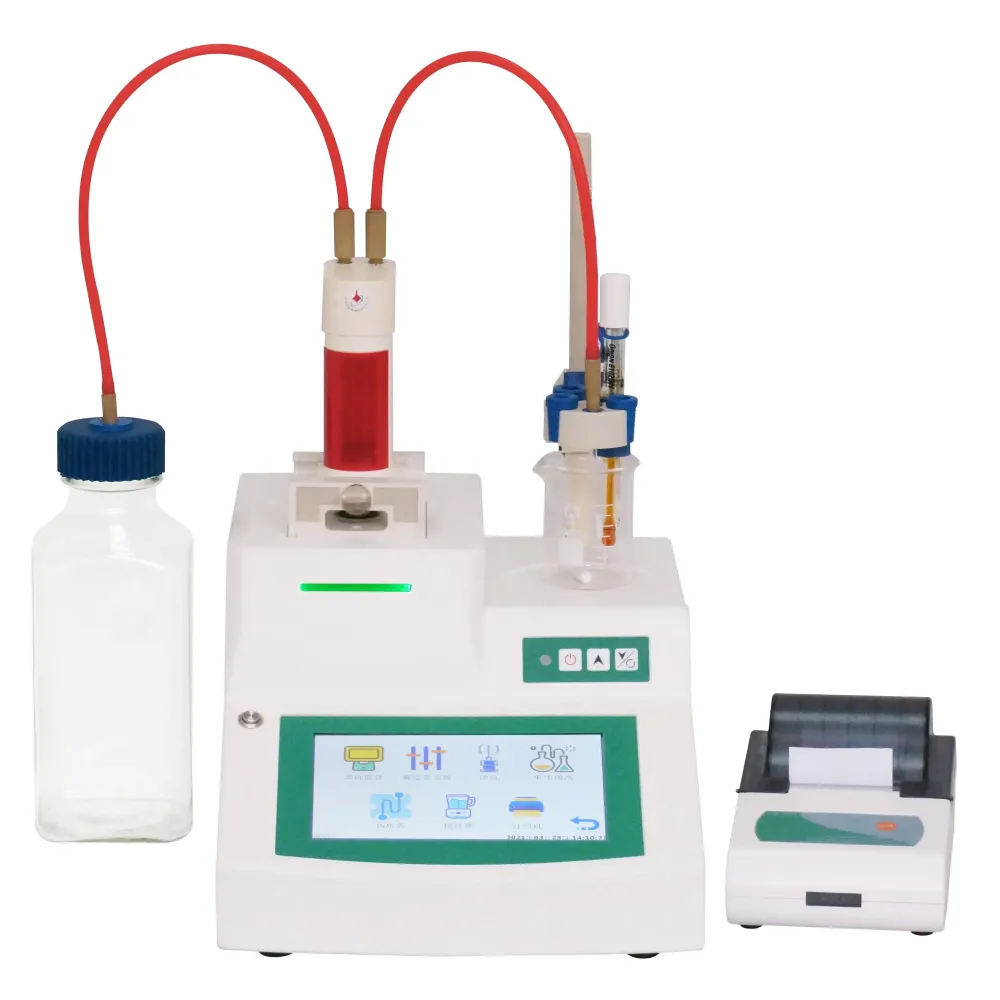 English
English



-
 Afrikaans
Afrikaans -
 Albanian
Albanian -
 Amharic
Amharic -
 Arabic
Arabic -
 Armenian
Armenian -
 Azerbaijani
Azerbaijani -
 Basque
Basque -
 Belarusian
Belarusian -
 Bengali
Bengali -
 Bosnian
Bosnian -
 Bulgarian
Bulgarian -
 Catalan
Catalan -
 Cebuano
Cebuano -
 China
China -
 China (Taiwan)
China (Taiwan) -
 Corsican
Corsican -
 Croatian
Croatian -
 Czech
Czech -
 Danish
Danish -
 Dutch
Dutch -
 English
English -
 Esperanto
Esperanto -
 Estonian
Estonian -
 Finnish
Finnish -
 French
French -
 Frisian
Frisian -
 Galician
Galician -
 Georgian
Georgian -
 German
German -
 Greek
Greek -
 Gujarati
Gujarati -
 Haitian Creole
Haitian Creole -
 hausa
hausa -
 hawaiian
hawaiian -
 Hebrew
Hebrew -
 Hindi
Hindi -
 Miao
Miao -
 Hungarian
Hungarian -
 Icelandic
Icelandic -
 igbo
igbo -
 Indonesian
Indonesian -
 irish
irish -
 Italian
Italian -
 Japanese
Japanese -
 Javanese
Javanese -
 Kannada
Kannada -
 kazakh
kazakh -
 Khmer
Khmer -
 Rwandese
Rwandese -
 Korean
Korean -
 Kurdish
Kurdish -
 Kyrgyz
Kyrgyz -
 Lao
Lao -
 Latin
Latin -
 Latvian
Latvian -
 Lithuanian
Lithuanian -
 Luxembourgish
Luxembourgish -
 Macedonian
Macedonian -
 Malgashi
Malgashi -
 Malay
Malay -
 Malayalam
Malayalam -
 Maltese
Maltese -
 Maori
Maori -
 Marathi
Marathi -
 Mongolian
Mongolian -
 Myanmar
Myanmar -
 Nepali
Nepali -
 Norwegian
Norwegian -
 Norwegian
Norwegian -
 Occitan
Occitan -
 Pashto
Pashto -
 Persian
Persian -
 Polish
Polish -
 Portuguese
Portuguese -
 Punjabi
Punjabi -
 Romanian
Romanian -
 Russian
Russian -
 Samoan
Samoan -
 Scottish Gaelic
Scottish Gaelic -
 Serbian
Serbian -
 Sesotho
Sesotho -
 Shona
Shona -
 Sindhi
Sindhi -
 Sinhala
Sinhala -
 Slovak
Slovak -
 Slovenian
Slovenian -
 Somali
Somali -
 Spanish
Spanish -
 Sundanese
Sundanese -
 Swahili
Swahili -
 Swedish
Swedish -
 Tagalog
Tagalog -
 Tajik
Tajik -
 Tamil
Tamil -
 Tatar
Tatar -
 Telugu
Telugu -
 Thai
Thai -
 Turkish
Turkish -
 Turkmen
Turkmen -
 Ukrainian
Ukrainian -
 Urdu
Urdu -
 Uighur
Uighur -
 Uzbek
Uzbek -
 Vietnamese
Vietnamese -
 Welsh
Welsh -
 Bantu
Bantu -
 Yiddish
Yiddish -
 Yoruba
Yoruba -
 Zulu
Zulu
Testing Standards for Cable Insulation Performance and Safety Evaluation
Understanding Cable Insulation Test Standards
Cable insulation is a critical component in electrical engineering, ensuring both safety and efficiency in electrical systems. Various standards have been developed to test the integrity and performance of cable insulation, ensuring that cables can withstand operational demands and environmental factors without failure. This article aims to provide an overview of the key aspects and importance of cable insulation test standards.
Importance of Cable Insulation
The primary function of cable insulation is to prevent electrical conduction between different conductive surfaces while protecting the conductor from environmental damage such as moisture, heat, and mechanical stress. Efficient insulation contributes to the overall reliability of electrical systems, minimizing the risk of short circuits, overheating, and potential fire hazards. Moreover, high-quality insulation plays a vital role in maintaining signal integrity in communication cables.
Common Standards for Cable Insulation Testing
Several organizations establish standards for cable insulation testing, including the International Electrotechnical Commission (IEC), American National Standards Institute (ANSI), and Underwriters Laboratories (UL). Each of these organizations has developed guidelines that focus on different aspects of cable performance.
1. Dielectric Strength Testing This test assesses the maximum voltage that an insulated cable can handle without breaking down. It involves applying a high voltage to the insulation for a specified duration. A failure in this test indicates that the insulation may not protect adequately against voltage surges.
2. Insulation Resistance Testing This test measures the resistance of the insulation to electrical current under specific conditions. High insulation resistance values are crucial for safe operation, as lower values could imply moisture ingress or material degradation.
cable insulation test standard

3. Thermal Aging Tests These tests evaluate how insulation materials behave under prolonged heat exposure. They can simulate real-life operating conditions to predict long-term performance and identify potential degradation over time.
4. Water Absorption Tests Cables intended for outdoor use must withstand exposure to moisture. This test measures the amount of water absorbed by the insulation material over time, which can affect its dielectric properties and overall performance.
5. Mechanical Strength Testing Insulation materials must endure mechanical stresses such as bending, tension, and torsion. Various tests assess the mechanical properties and resilience of insulation materials to ensure they can withstand installation and operational conditions.
Benefits of Adhering to Standards
Adhering to cable insulation test standards has multiple benefits for manufacturers and consumers alike. For manufacturers, compliance enhances credibility, fosters trust among clients, and often leads to fewer warranty claims and customer complaints. For consumers, it ensures safety and reliability, potentially avoiding costly failures or hazardous situations.
Implementing these standards throughout the production process helps manufacturers produce high-quality products consistently. Regular testing and adherence to established guidelines enable proactive measures to address any potential issues, fostering an environment of continuous improvement.
Conclusion
In conclusion, the testing of cable insulation is integral to ensuring the safety, functionality, and reliability of electrical systems. The various standards developed by international organizations facilitate the evaluation and assurance of insulation quality. By adhering to these standards, manufacturers contribute to the advancement of electrical safety and technology, while consumers benefit from enhanced electrical system performance. As technology evolves, it is crucial that these standards are regularly updated to keep pace with new materials and emerging environmental challenges. This commitment to quality not only enhances industry standards but ultimately safeguards lives and promotes sustainable practices in the increasingly electrified world.
-
Testing Equipment Industry Sees Major Advancements in 2025: Smart & Precision Technologies Lead the WayNewsJun.06,2025
-
Applications of Direct Current Generators in Renewable Energy SystemsNewsJun.05,2025
-
Hipot Tester Calibration and Accuracy GuidelinesNewsJun.05,2025
-
Digital Circuit Breaker Analyzer Features and BenefitsNewsJun.05,2025
-
Benefits of Real-Time Power Quality Monitoring Devices for Industrial EfficiencyNewsJun.05,2025
-
Earth Fault Loop Testing in High-Rise Building Electrical SystemsNewsJun.05,2025



